← View All Buying Guides


School Chairs Buying Guide
School Outlet’s Tips
-

Age-Appropriate Sizing
-

Ergonomic Design for Comfort
-

Safety Standards and Certifications
-

Durable Material Selection
-

Storage and Stickability Options
-

Maintenance and Cleaning Requirements
School Chair Styles
-
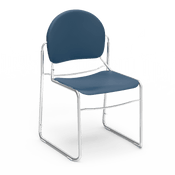
Virco Virtuoso Series
-
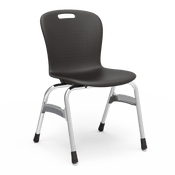
Virco Sage Series
-
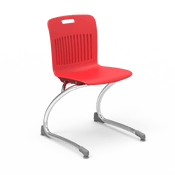
Virco Zuma Series
-
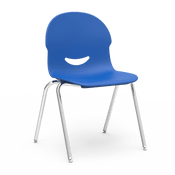
Virco I.Q. Series
-
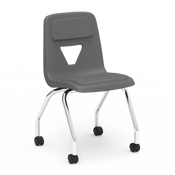
Virco Telos Series
-
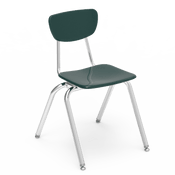
Virco 3000 Series
-
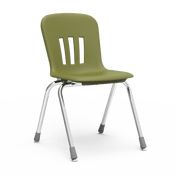
Virco Metaphor Series
-

Virco 2000 Series
-

Virco 9000 Series
-
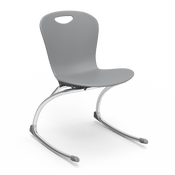
VircoZuma Cantilever Chairs
-

VircoSled Based Chairs
-
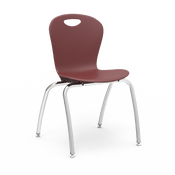
VircoCivitas
-
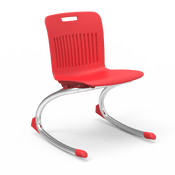
Virco Analogy Series
-
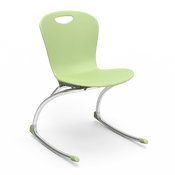
VircoRocking Chairs
-
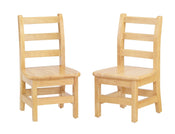
WoodenChairs
-
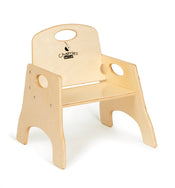
Jonti-Craft High Chairries Chair
-
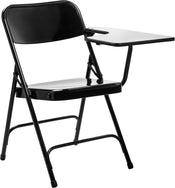
National Public Seating Folding Chair w/ Tablet Arm
-
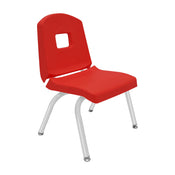
Mahar School Chairs
-
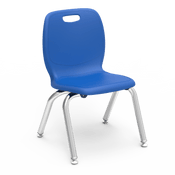
Virco N2 Series
-
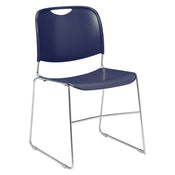
National Public Seating 8500 Series
-
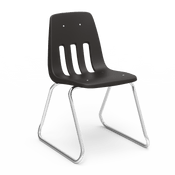
Virco9600 Sled Based Chairs
-
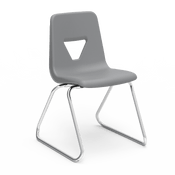
Virco2600 Sled Based Chairs
-
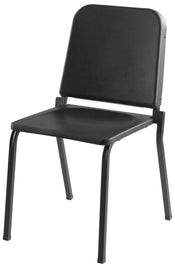
National Public Seating 8200 Music Chair
-
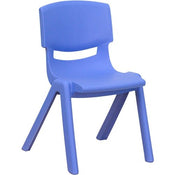
Flash Furniture Plastic School Chair
-
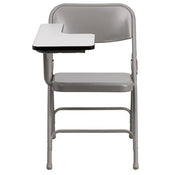
Flash Furniture Folding Chair w/ Tablet Arm
-
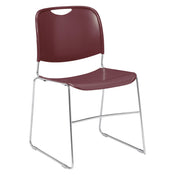
National Public Seating Comfort Stack Chair
-
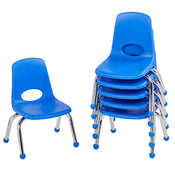
FDP School Chairs
-
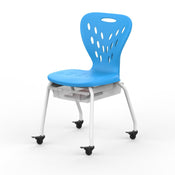
FDP Contour Chairs





































